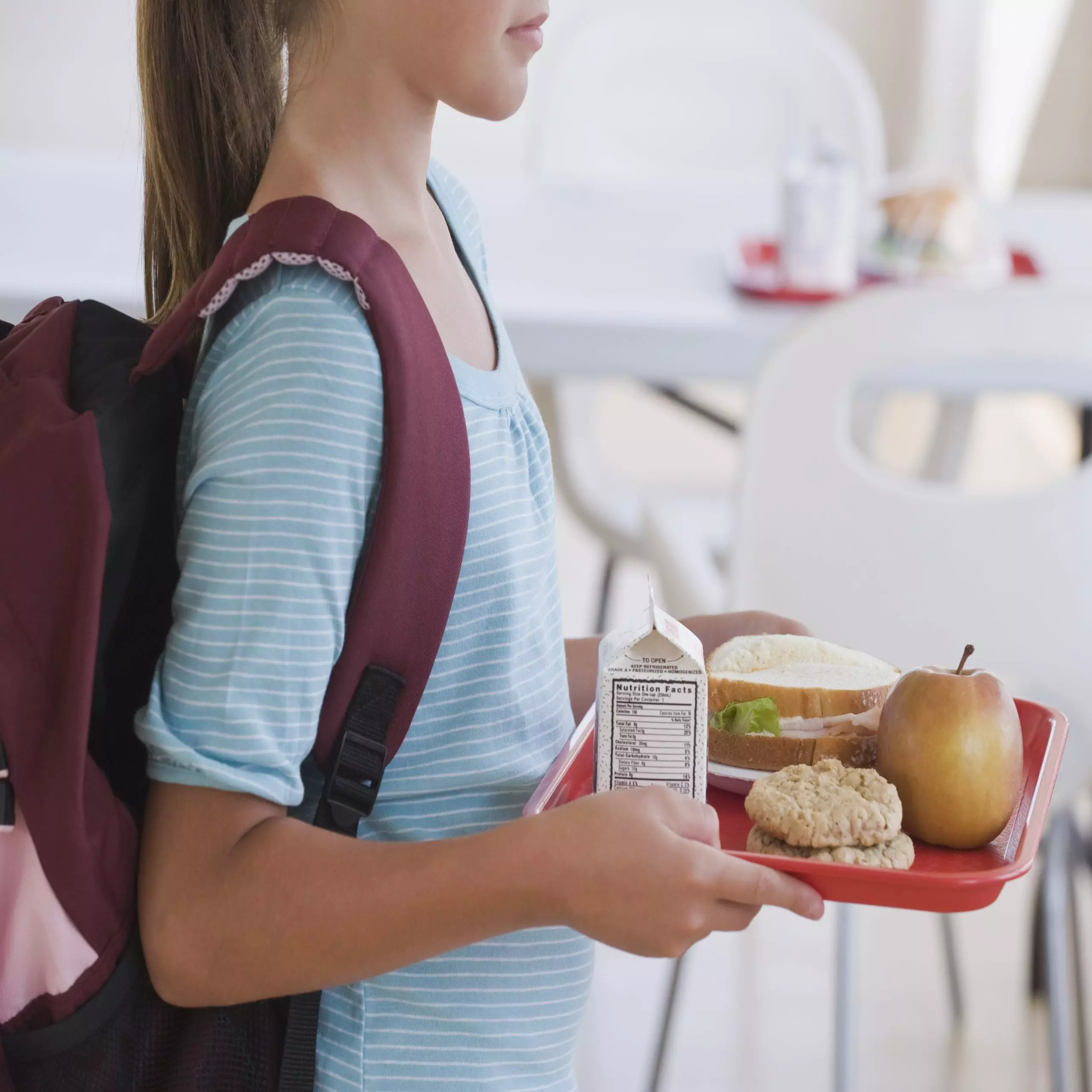Growing up in India, I was surrounded by the rhythmic clinks of stainless steel plates being set on the table, a staple of our family meals. This traditional practice, deeply rooted in our culture, stood in stark contrast to the convenience of modern plastic dishware that dominated the American landscape when I moved here. As a pediatrician and a mother of three, my initial foray into solids for my twins involved using plastic bowls and spoons—a choice that I believed was harmless. However, my mother’s unease with this material became a turning point. She instinctively replaced the plastic with steel, reminding me of our heritage and the benefits of these age-old practices. It wasn’t just nostalgia; it was a significant health consideration.
Years later, a disturbing report from the American Academy of Pediatrics (AAP) highlighted the potential dangers of plastic products, particularly their hormone-disrupting chemicals. This revelation confirmed my mother’s instincts and opened my eyes to the harsh reality many American families face—unwittingly feeding their children from potentially harmful materials. The research is overwhelming, but it also raised questions: How could we embrace modernization without compromising our children’s health?
Unearthing the Hidden Risks of Plastics
The conversation surrounding plastic is not merely about convenience or aesthetics; it dives into the very core of children’s health. The statistics are alarming—over 80% of children’s feeding products are made from plastic. The ubiquitous nature of plastic items extends into our educational institutions, with around 34 million children participating in the national school lunch program. Here, the vast majority of meals are still served using disposable plastic, a practice that results in immense waste and constant exposure to dangerous chemicals.
What many parents, educators, and institutions may overlook are the staggering claims from prominent bodies like the World Health Organization. The degradation of our hormonal systems due to plastic buildup in our bodies cannot be understated, particularly when considering the developing bodies and minds of children. They are not merely small adults; their biological systems respond differently to environmental stressors.
As a pediatrician alert to these dangers, I felt a duty to act. I founded Ahimsa, a line of sustainable stainless steel dishes designed for children who deserve better than plastic. This venture was not just a business, but a mission to instigate a paradigm shift in how we approach children’s nutrition and safety.
Systemic Challenges and Advocacy
The path toward reform is fraught with challenges. In an age where scientific evidence rapidly evolves, our regulatory frameworks lag significantly behind. The FDA’s approval system, which still relies on research from the 1950s, fails to account for how deeply entrenched plastic and its by-products have become in modern life. Schools, often underfunded and overwhelmed, may lack the resources or knowledge to transition away from outdated methodologies.
Advocating for change is crucial. I urge parents and community leaders to reach out to schools to embrace alternatives like stainless steel. It’s about creating a safer lunchroom environment, where children can consume their meals without the looming threat of chemical leaching. A small act of dialogue can spark a broader movement—a movement where children’s health is prioritized alongside sustainability.
Moreover, legislative action is crucial. Bills like the Break Free From Plastic Pollution Act of 2021 are pivotal in beginning to reshape the landscape around plastic use and waste management. These legislative efforts aim to reduce single-use products, promote better recycling initiatives, and fund educational programs about the implications of plastics on human health and the environment.
Implementing Change at All Levels
We can no longer afford to remain passive participants in the plastic problem. Engaging our legislators to support policy reforms that align with current scientific understanding is key. We must urge their backing for initiatives that address the urgent public health concern posed by environmental toxins. Children, especially those in underserved communities, face the brunt of hazardous exposures. What we choose today will resonate through generations.
We should encourage schools to rethink the materials they use and pursue more sustainable options, such as stainless steel. If parents rise together and demand better standards for our children’s health, institutions will have no choice but to listen. There’s power in our collective voice—a force capable of toppling outdated practices and ensuring our children thrive in healthier environments.
The threat that plastic poses is not just an environmental concern; it is an urgent public health issue. The time for small action is now. By making conscious choices about the products we use daily, we actively contribute to a healthier future. It is not merely a good practice; it is essential for the health of our children and the planet we leave behind.

